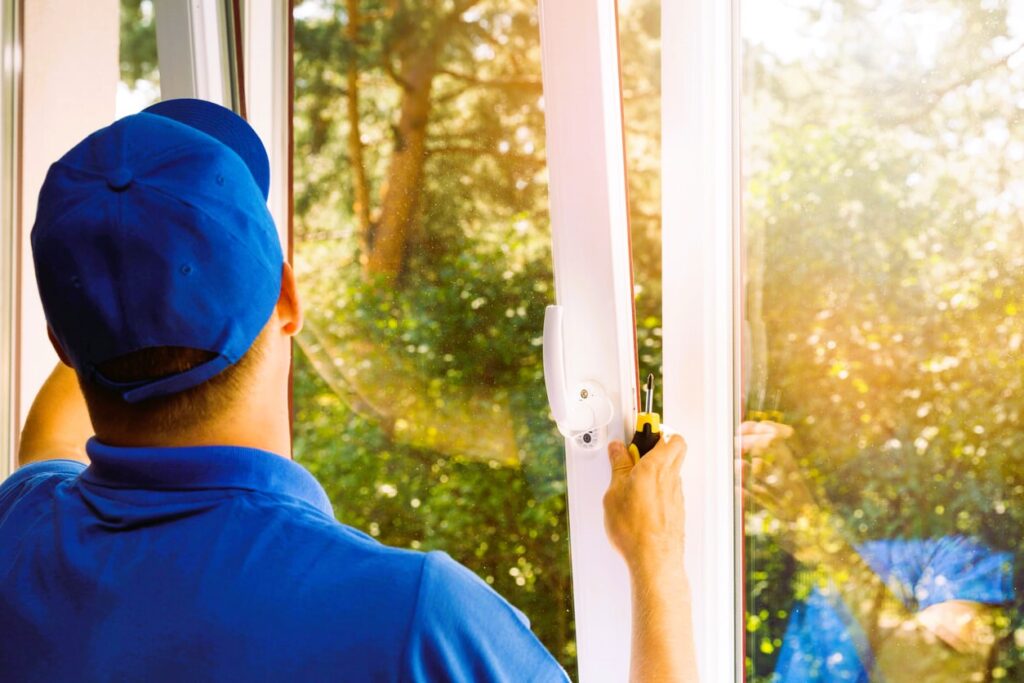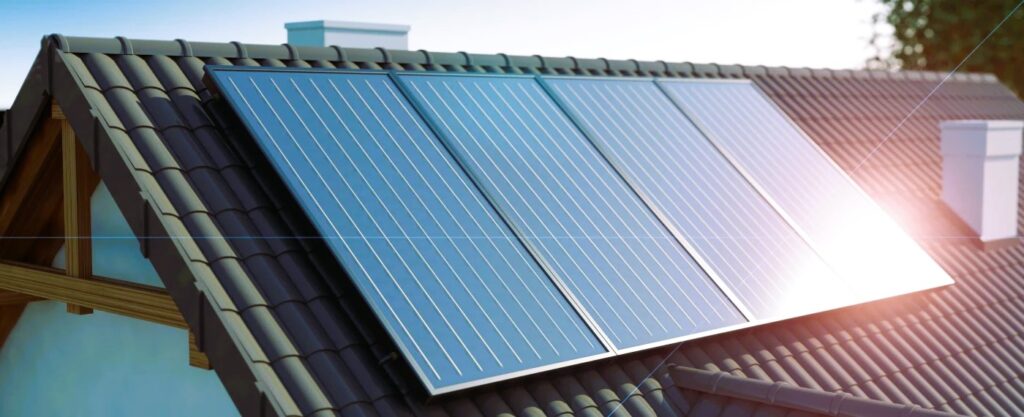Solar Heat Gain Coefficient (SHGC) is a crucial metric used in the evaluation of windows and building materials’ energy performance. It quantifies the amount of solar radiation that enters a building through windows, impacting both heating and cooling loads. In this article, we delve into the concept of SHGC, its significance in energy-efficient building design, and its implications for homeowners and architects alike.
What is Solar Heat Gain Coefficient (SHGC)?
Solar Heat Gain Coefficient (SHGC) is a numerical value that represents the fraction of solar radiation transmitted through a window or glazing system and absorbed into a building’s interior. Expressed as a number between 0 and 1, SHGC indicates the percentage of solar heat gain allowed through a window, with higher values indicating greater solar heat gain potential.
Factors Affecting SHGC

Several factors influence the SHGC of windows and glazing systems, including:
- Glass Type: The type of glass used in windows, such as clear, tinted, or low-emissivity (Low-E) coated glass, affects its solar heat gain properties. Low-E coatings are designed to reduce solar heat gain by reflecting a portion of the sun’s infrared radiation while allowing visible light to pass through.
- Number of Panes: Windows with multiple panes of glass, separated by insulating gas fills such as argon or krypton, typically have lower SHGC values compared to single-pane windows. The additional layers of glass and gas provide thermal insulation and reduce solar heat gain.
- Frame Material: The material used for window frames, such as wood, vinyl, aluminum, or composite materials, can also impact SHGC. Some frame materials have higher thermal conductivity than others, affecting overall energy performance.
- Orientation and Shading: The orientation of windows relative to the sun’s path and the presence of shading devices such as overhangs, awnings, or exterior blinds can influence solar heat gain. Proper shading strategies can help reduce SHGC and minimize unwanted heat gain during the summer months. We have conducted a study of smart window technologies, more details at this link.
Significance of SHGC in Energy Performance
The Solar Heat Gain Coefficient (SHGC) plays a critical role in the energy performance of buildings, particularly in climates with significant heating or cooling loads. Understanding SHGC allows architects, builders, and homeowners to design and select windows and glazing systems that balance natural daylighting, solar heat gain, and energy efficiency.
Implications for Homeowners
For homeowners, choosing windows with appropriate SHGC values can significantly impact energy costs and indoor comfort. In colder climates, selecting windows with higher SHGC values can help maximize passive solar heating during the winter months, reducing the need for artificial heating. Conversely, in warmer climates, opting for windows with lower SHGC values can minimize solar heat gain, reducing the demand for air conditioning and cooling expenses.

Energy Efficiency Standards and Guidelines
Energy efficiency standards and guidelines set by organizations such as the National Fenestration Rating Council (NFRC) in the United States and Natural Resources Canada (NRCan) provide criteria for evaluating windows’ energy performance, including SHGC. These standards help homeowners and builders make informed decisions when selecting windows and glazing systems for their projects.
For more information on energy efficiency standards and guidelines, you can visit the following websites:
Solar Heat Gain Coefficient (SHGC) is a critical factor in the design and selection of windows and glazing systems, influencing energy performance, indoor comfort, and building sustainability. By understanding SHGC and its implications, homeowners, architects, and builders can make informed decisions to optimize energy efficiency, minimize heating and cooling costs, and create more comfortable living and working environments.

